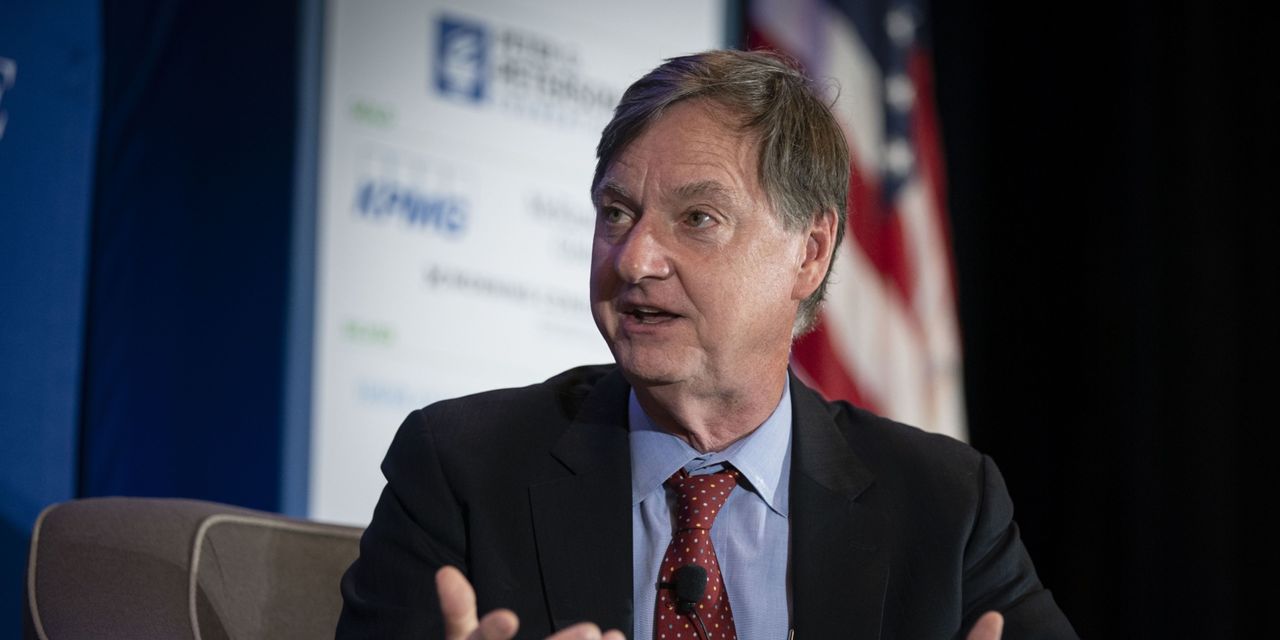Two top officials at the Federal Reserve on Tuesday said the U.S. central bank needs to raise interest rates a lot higher and probably keep them high for awhile to contain the worst outbreak of inflation in almost 41 years.
The Fed is “nowhere near” being done in its fight against inflation, said Mary Daly, the San Francisco Federal Reserve Bank president, in a CNBC interview.
The central bank will raise rates as much as necessary, she said, to bring down high inflation. The cost of living surged to a yearly rate of 9.1% in June from less than 2 percent about two years ago.
“Americans need to know they don’t have to worry about inflation when they wake up in the morning,” she said.
Chicago Fed President Charles Evans, for his part, said he hoped the Fed could raise rates at a slower pace later in the year. Yet it would depend on whether inflation began to slow, he and Daly both said.
Evans said he was still open to a rate increase of 0.5 to 0.75 percentage points in September, with potentially smaller quarter-point hikes after that. Daly did not offer a specific forecast.
Evans predicted the central bank’s benchmark fed funds rate would top out at around 3.75% to 4% by next year.
Neither Daly nor Evans is a voting member of the bank’s interest-rate setting panel in 2022. Both have generally been views as inflation “doves,” however, so their stern words suggests other voting members on the Fed are likely to stay aggressive.
The Fed in late July lifted its short-term interest rate to a range of 2.25% to 2.5% and it’s expected to raise them again in September.
By early next year, the central bank has signaled it plans to raise the so-called fed fund rate to as high as 3.8%.
Higher rates usually slow the economy by raising the cost of borrowing money for businesses and consumers. They tend to invest less and buy fewer big-ticket items such as cars and houses.
A big worry, however, is that higher rates could plunge the U.S. into the second recession in three years. Many economists think a downturn is likely by 2023 if the Fed has to raise rates to 4% or higher.
Daly and Evans don’t think a recession is inevitable, but they said it’s a risk the Fed has to accept to reduce inflation. And if the economic data start to show a big drop in inflation, the Fed could adjust policy as necessary.
Still, Daly said the Fed would do what it takes.
She said it was a “puzzle to me” that financial markets appear to expect the Fed would stop raising interest rates — and even start lowering them — if the economy titled toward recession.
“That is terribly hard on the economy to raise rates quickly, then lower them quickly,” Daly said.
The central bank kept its short-term fed funds rate near zero through the entire pandemic until March in an easy-money strategy to prop up the economy. Yet critics say the Fed was too lax for too long and contributed to the surge in inflation.
Rarely has the Fed succeeded in reducing similarly high bouts of high inflation without inducing a recession.
